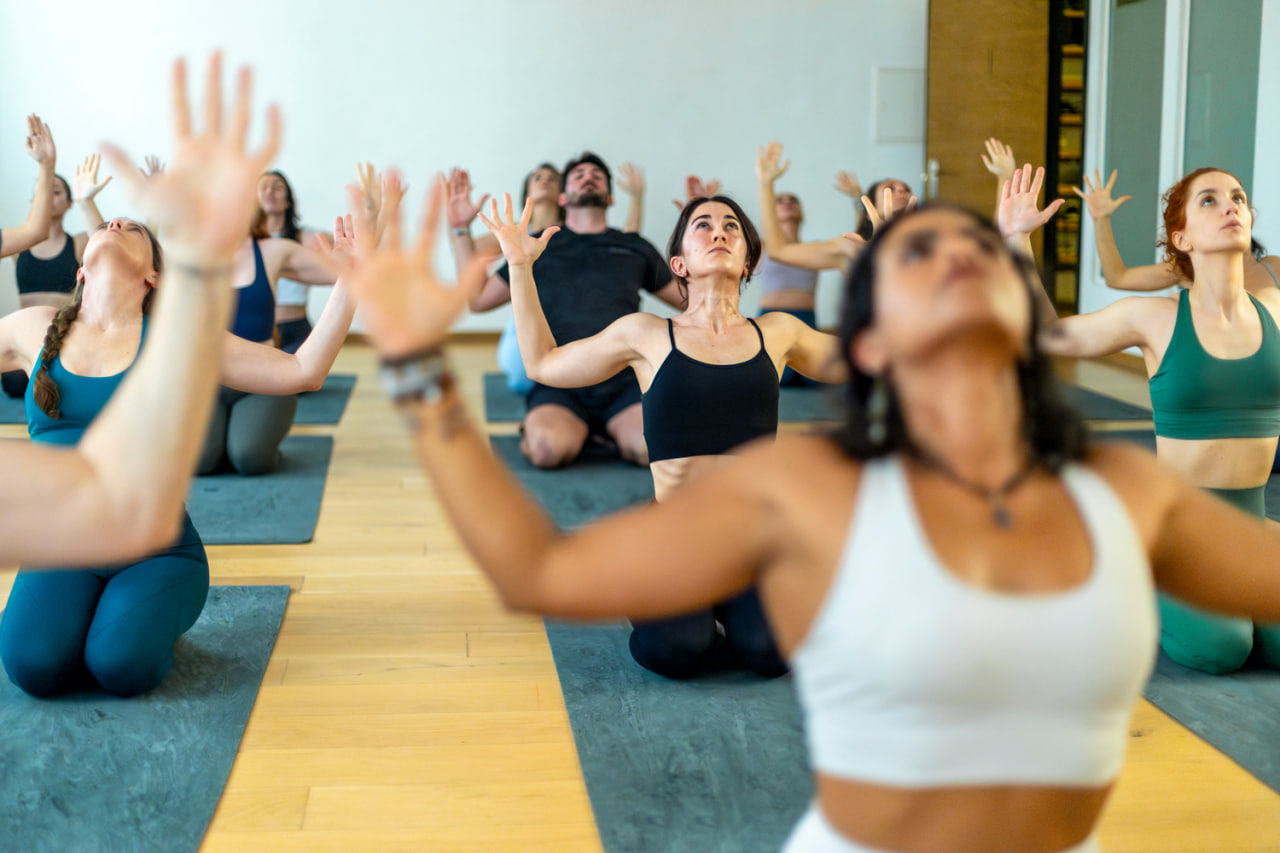Yoga for Stress Relief and Relaxation

Understanding the Connection Between Yoga and Stress Relief
Yoga is a holistic practice that combines physical postures, breathwork, and mindfulness to support mental and emotional well-being. Stress triggers the body’s fight-or-flight response, which can lead to tension, fatigue, and a range of health issues. Yoga helps counteract these effects by calming the nervous system, promoting relaxation, and improving the body’s ability to manage stress naturally.
The combination of gentle movement and conscious breathing allows individuals to release physical tension while cultivating mental clarity. Regular practice creates a sense of balance, increases resilience to daily pressures, and fosters a greater sense of overall calm and well-being.
Breathwork Techniques for Relaxation
Breath is a fundamental tool for managing stress in yoga. Techniques such as diaphragmatic breathing, alternate nostril breathing, and three-part breath exercises activate the parasympathetic nervous system, which reduces heart rate and induces a state of calm.
Slow, deliberate breathing encourages mindfulness, drawing attention away from anxious thoughts and grounding the mind in the present moment. Practicing these techniques before or during stressful situations can help regulate emotions, reduce tension, and improve focus and clarity.
Gentle Poses for Stress Relief
Certain yoga poses are particularly effective for reducing stress and promoting relaxation. Forward bends, such as seated forward fold or child’s pose, encourage the release of tension in the back and shoulders while calming the nervous system.
Supported poses using props, such as legs-up-the-wall pose, restorative twists, and reclining bound angle pose, create gentle stretches and comfort that foster deep relaxation. These positions allow the body to rest, reduce muscle tightness, and encourage a sense of surrender and ease.
Flow Sequences to Release Tension
Slow, mindful yoga flows can be particularly effective for managing stress. Combining gentle movements with synchronized breath helps release built-up tension in muscles and joints while enhancing circulation. Sequences that include cat-cow stretches, spinal twists, and gentle lunges encourage fluid movement and relaxation.
Flowing through these sequences with awareness promotes mindfulness, shifts attention away from stressors, and enhances the body’s natural capacity to relax. Repeating flows regularly can create a calming ritual that reduces stress levels over time.
Meditation and Mindfulness Integration
Incorporating meditation into yoga practice deepens stress relief. Sitting or lying quietly while focusing on breath, body sensations, or a guided visualization allows the mind to release anxious thoughts and cultivate inner calm.
Mindfulness practices, such as observing thoughts without judgment or focusing on the present moment, complement physical poses and breathing techniques. These practices enhance emotional resilience and encourage a balanced response to daily challenges.
Using Props and Environment for Relaxation
Creating a supportive environment enhances the effectiveness of yoga for stress relief. Props like bolsters, blankets, and blocks provide comfort and stability in restorative poses. A quiet, softly lit space with minimal distractions allows practitioners to focus fully on movement, breath, and meditation.
Adding elements like calming music, aromatherapy, or natural light can further support relaxation. These environmental factors help signal the body and mind that it is time to release tension and engage in restorative practice.
Establishing a Consistent Practice
Consistency is essential to experiencing the full stress-relieving benefits of yoga. Practicing daily or several times a week allows the body and mind to respond more effectively to stress. Short, focused sessions can be just as impactful as longer classes, particularly when integrated into a routine that aligns with daily life.
Tracking progress, noting changes in mood, and reflecting on emotional and physical responses can reinforce motivation and highlight improvements in stress management over time. A regular yoga practice becomes a tool for maintaining equilibrium, resilience, and inner peace amidst the pressures of everyday life.
Complementary Techniques for Enhanced Relaxation
Combining yoga with complementary techniques can amplify stress relief. Practices such as mindful journaling, progressive muscle relaxation, or gentle stretching outside of structured sessions support mental and physical relaxation.
